Pudacuo National Park
Pudacuo National Park, located in the center of the world natural heritage area of the "three parallel rivers" in Northwest Yunnan, consists of the international important wetland Bitahai Nature Reserve and the Duhu Scenic Area of the "three parallel rivers" World Natural Heritage Haba, which belongs to the Duhu Lake Scenic Area and the Melitang Subalpine Ranch. It is also one of the main tourist attractions in Shangri-La.
Elevation is between 3500 meters to 4159 meters, is a provincial nature reserve, is an important part of the "three rivers parallel flow" scenic spot. Pudacuo National Park has geological landforms, lakes and wetlands, forest meadows, valleys and streams, rare animals and plants, the original ecological environment is well preserved. It is 22 kilometers away from the urban area of Shangri-La, with a total area of about 1313 square kilometers.
Pudacuo, a provincial nature reserve, is an important part of the "Three Rivers Parallel Flow" scenic spot. It is mainly composed of Duhu Lake (about 3.3 km walk length) and Bita Sea (about 4.4 km walk length, 3A national tourist area). The planning area covers a total area of 1,313 square kilometers and is developed according to seven major plates. The developed area accounts for only 3 of the total area. The park has geological landforms, lakes and wetlands, forest meadows, valleys and streams, rare animals and plants, and the original ecological environment is well preserved.
The protection area belongs to sub temperate climate, which is long in autumn and winter and short in spring and summer. The average annual temperature is 5.4 C, the monthly average temperature in the hottest month (July) is 13.2 C, and the monthly average temperature in the coldest month (January) is - 3.8 C
climatic resources
Shangri-La Pudacuo National Park has mirror-like mountains and lakes, watery pastures, flowering wetlands, and primitive forests where birds and animals often haunt. The two beautiful lakes of the pitahai and the genera lakes are known as Plateau Pearl.
The lake is rich in schizophrenia, heavy lipped fish; autumn and winter season, a large number of yellow ducks and other birds in the lake play, naturally interesting.
The scenic area has abundant rainfall and pleasant climate. Such natural conditions, making plants flourishing, vegetation rich, like a natural botanical garden. In addition, there are a number of fault cliffs, forest Xiaojian, deep gorge and other unique interlaced distribution of small scenery, with high geographic value and tourism value.
plant resources
The vegetation in Pudacuo National Park is mainly fir with long bracts. Secondly, according to different altitudes and yin-yang slopes, azalea, arrowhead bamboo, moss, honeysuckle, spruce, alpine pine, alpine oak, short-spined oak, sequoia, red birch, aspen, birch and so on, they are mainly Artemisia meadow and aquatic plants. They are mainly fragrant communities, Potamogeton glabra community, foxtail community, and meihua algae community.
Animal resources
There are many rare animals and birds in the nature reserve of the National Park. There are mainly the first class of national animal protection black-necked crane, the second class of animal protection rhesus monkey, lynx, clouded leopard, golden cat, black muntjac, muntjac, furry deer, musk deer, Tibetan pheasant, green-tailed red pheasant and so on. The three type of protective animals are blood pheasants. There are also some economic animals and ornamental animals.
They are mainly black bear, Tibetan rat, mole, plateau rabbit, red bellied squirrel, bamboo rat, green-headed diving duck, duck, parrot and thrush with high ornamental value.
Double tower heavy lip fish:
It is said that there is a kind of rare fish called "Bita heavy lipped fish" growing in the Bita Sea, is a very old fish, for the Quaternary glacial legacy of the ancient creatures, meat delicate, delicious, is the best fish food. But Pudacuo belongs to the Tibetan area. Tibetans practise celestial burial and water burial. Fish eat human flesh. Therefore, Tibetans do not eat fish. Those fish live freely in the Bita Sea, no one fishing, self-extinction, and this kind of fish generally deep in the lake bottom, rarely landing, so the Tibetan people regard it as a God fish, can see the God fish is very lucky people.
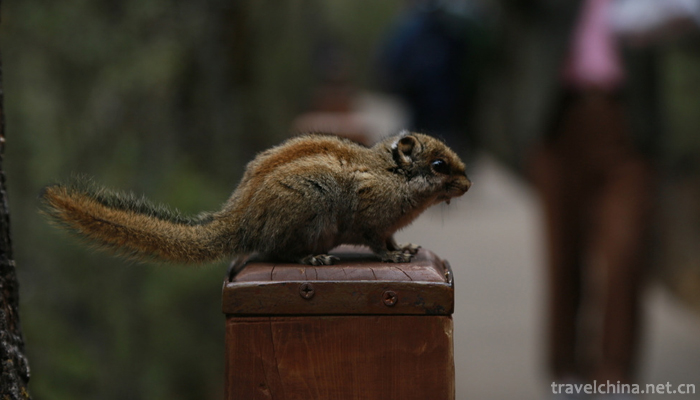
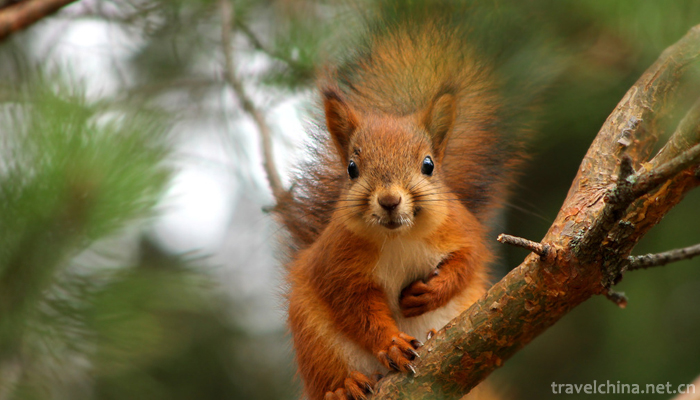

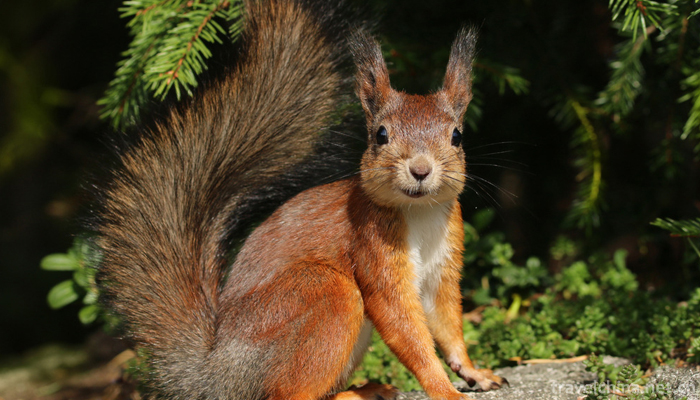
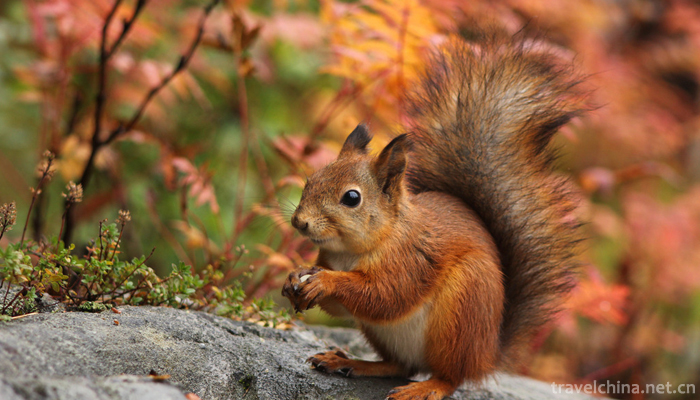
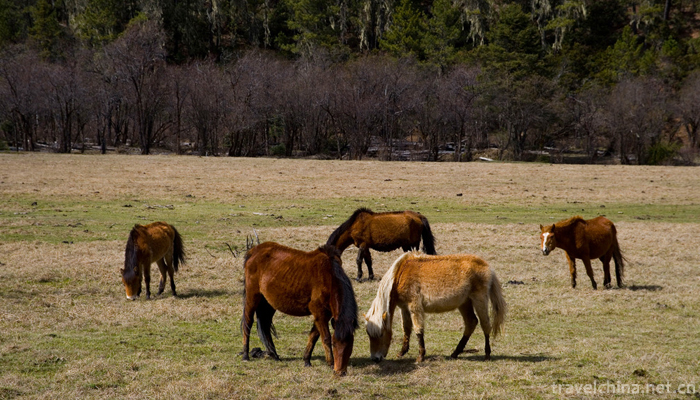
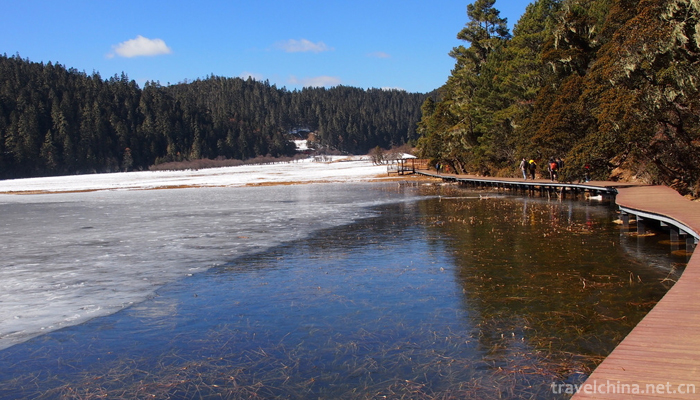
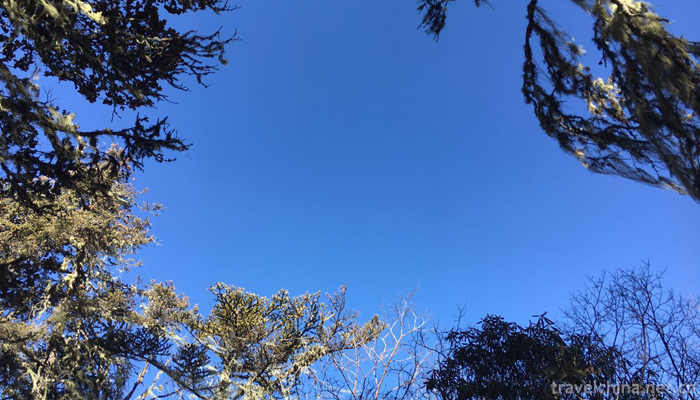
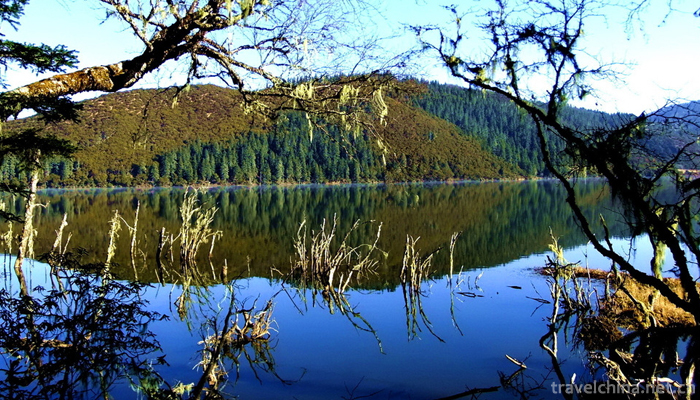
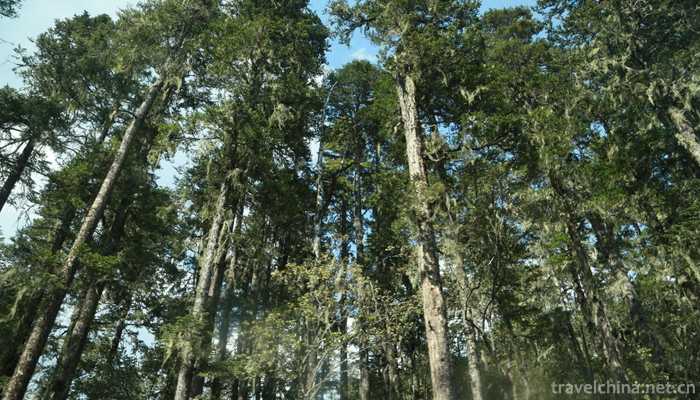
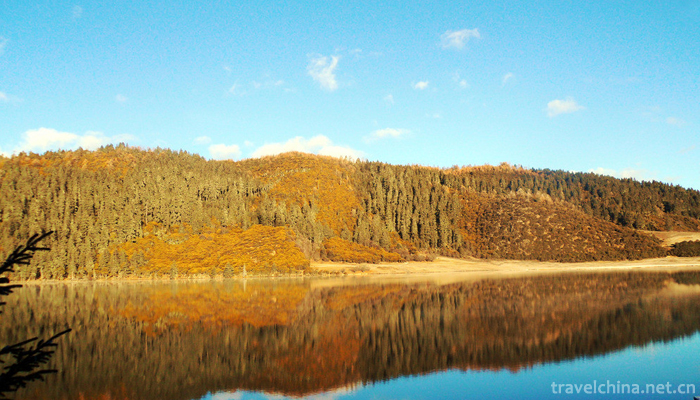
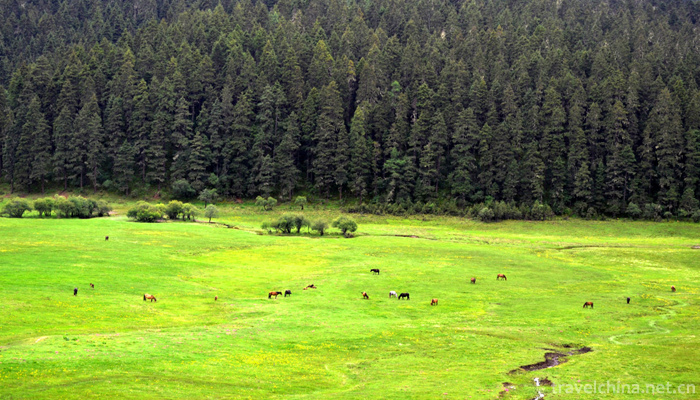
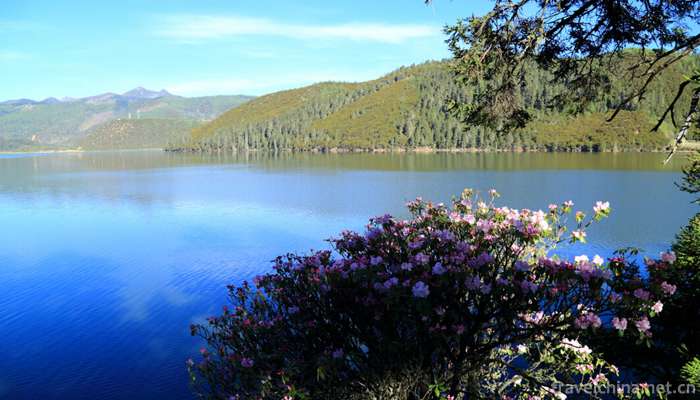
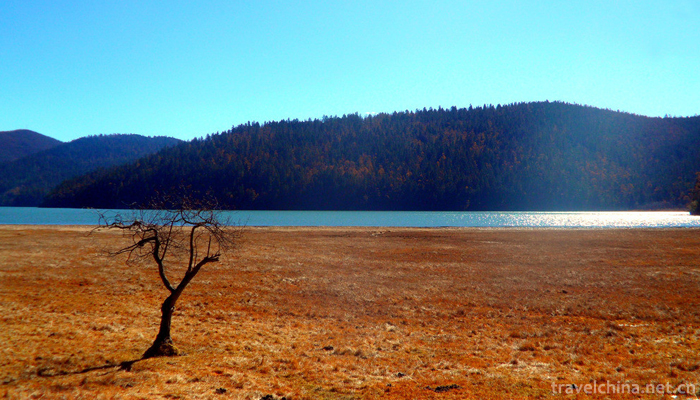
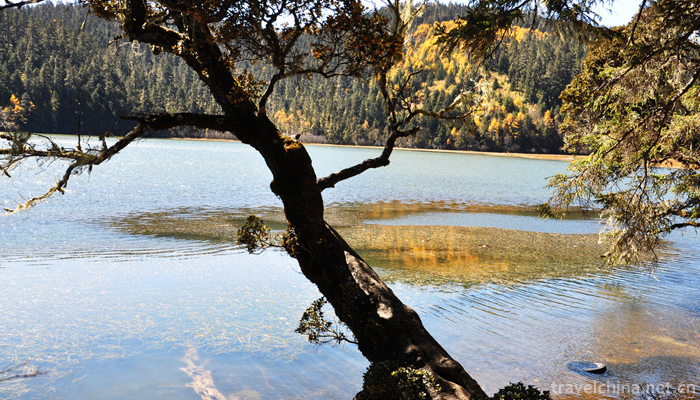
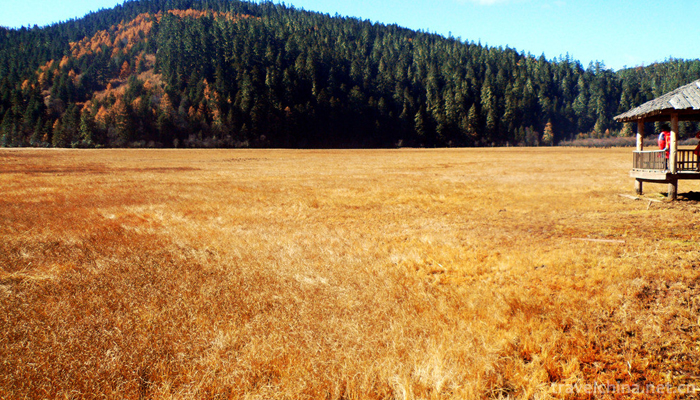
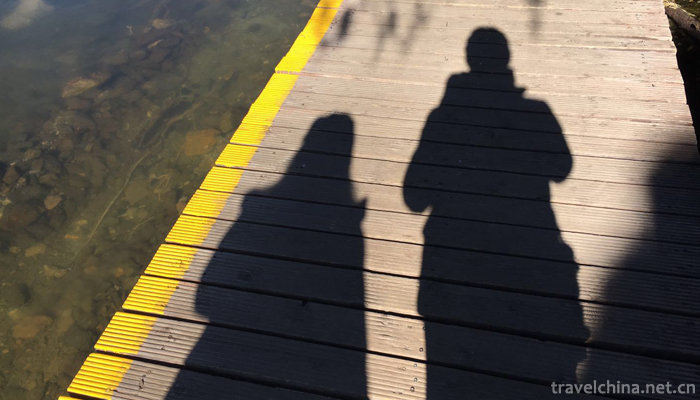
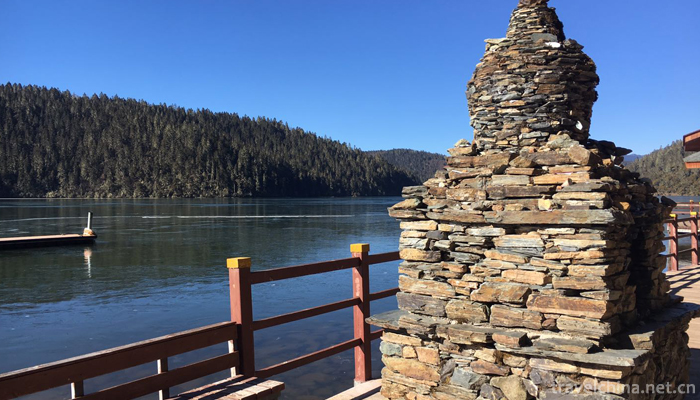
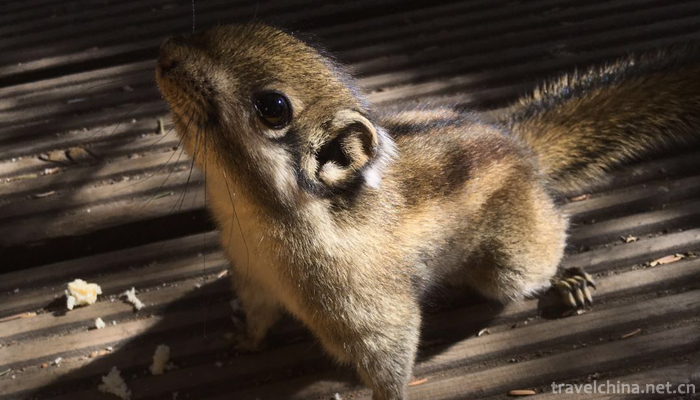
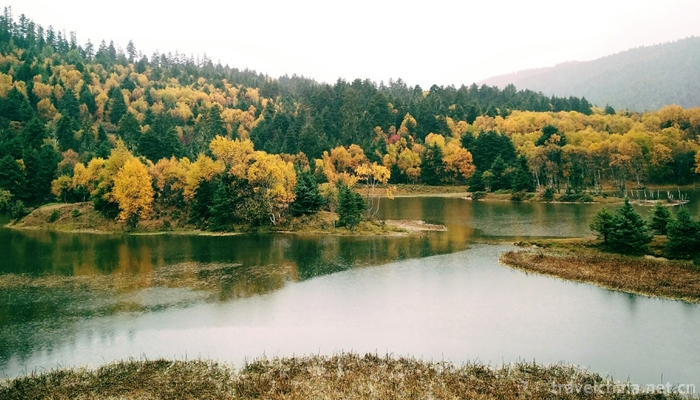
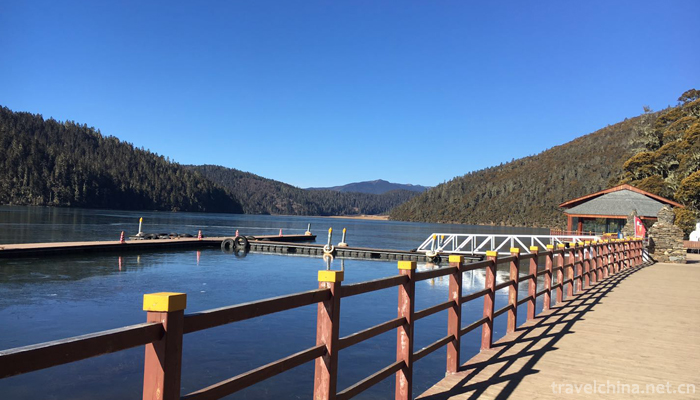
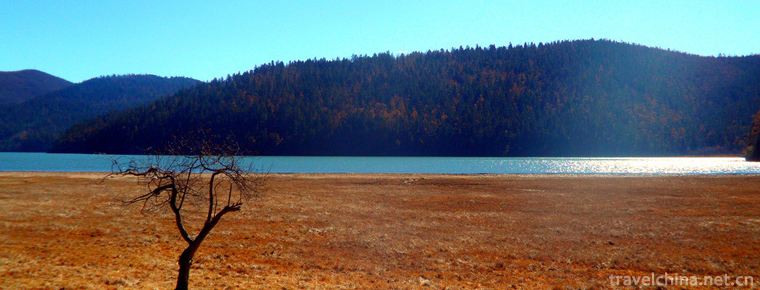
-
1.Duck blood soup with vermicelli
Duck blood vermicelli soup is a famous specialty in Nanjing, belonging to Jinling food...
Time 2018-10-26 -
2.Three Water Lotus World
Foshan Sanshui lotus world is the largest lotus scenic spot in the world with the richest variety resources. It integrates architecture, sculpture, Dutch, mobile games, hotels and catering
Time 2018-12-18 -
3.Holiday Beach
Holiday beach is located on the west coastal avenue of Haikou City, which is 6 kilometers long. On the left side is the verdant forest belt of ephedra, with resorts, hotels, playgrounds and so on
Time 2018-12-23 -
4.Qianwei ecological village
Qianwei Village is located in the middle of Chongming Island, 23 kilometers away from Nanmen Port, close to Dongping Forest Park. Once a desolate and silent village, now it has both urban scenery and
Time 2018-12-26 -
5.Huanshui Bay Hot Spring Resort
Huanshui Bay Hot Spring Tourist Area of Anyang City is located at the exit of Anlin Expressway in Anyang Hi-tech Development Zone, Henan Province, close to National Highway 107 and the west side of Be
Time 2019-01-17 -
6.Tangya Tusi City Site
Tangya Tusi Town Site is located in Tangya Town, Xianfeng County, Enshi Tujia and Miao Autonomous Prefecture, Hubei Province, with its back to Xuanwu Mountain and facing Tangya River.
Time 2019-02-13 -
7.Eight claw Fish Powder Pueraria Decoction
500 grams of Pueraria Thunb, 50 grams of octopus, 400 grams of pork legs, four candied dates, and 1/6 peel.
Time 2019-03-27 -
8.Dong Pipa Song
Dong Pipa song is distributed in the southern dialect area of Dong nationality, which can be divided into lyric and narrative Pipa song. Its singing content almost covers Dong history
Time 2019-04-28 -
9.Xiping Folk Song
Xiping Folk Song is a traditional folk song in Xiping Town, Xixia County, Nanyang City. Xiping Town, located in the hinterland of Funiu Mountain in Western Henan Province, is located in the combinatio
Time 2019-07-01 -
10.Sichuan Normal University
Sichuan Normal University is one of the key universities in Sichuan Province and the first national universities to implement the "Basic Capacity Building Project of Colleges and Universities in
Time 2019-08-31 -
11.Borneol Bridge
Luxian county is the "hometown of dragon culture" and "the hometown of Longqiao" in China. There are hundreds of ancient Longqiao bridges in the Ming and Qing Dynasties in Luxian County, which is the largest group of Longqiao in China and even in the world.
Time 2020-10-16 -
12.Neijiang climate
Neijiang City belongs to subtropical humid monsoon climate. Affected by the basin and the natural environment, it has the characteristics of mild climate, abundant rainfall, sufficient light and heat, and long frost free period. It is warm in winter and hot in summer,
Time 2020-12-16